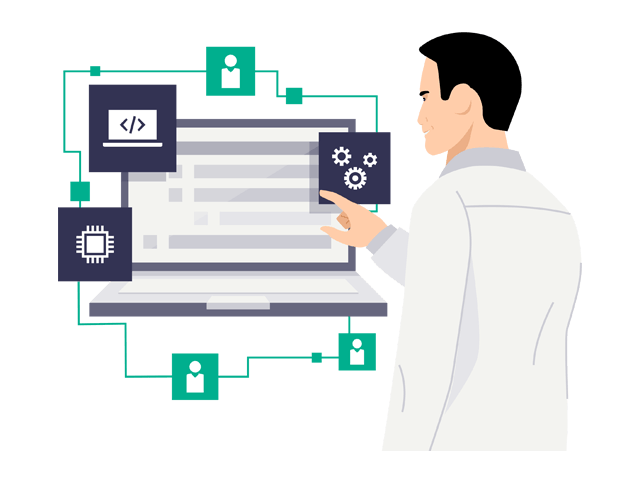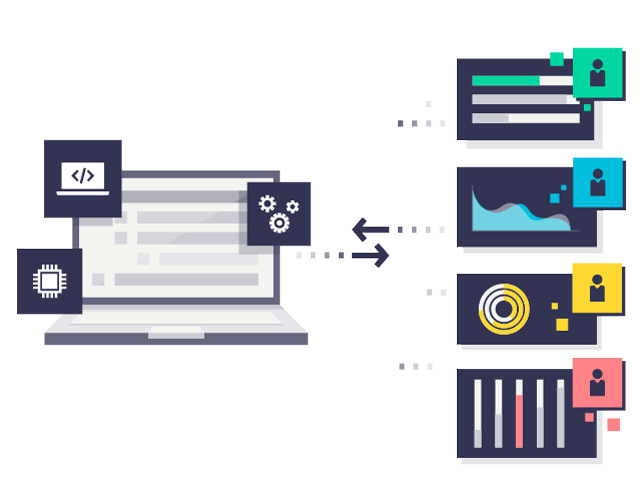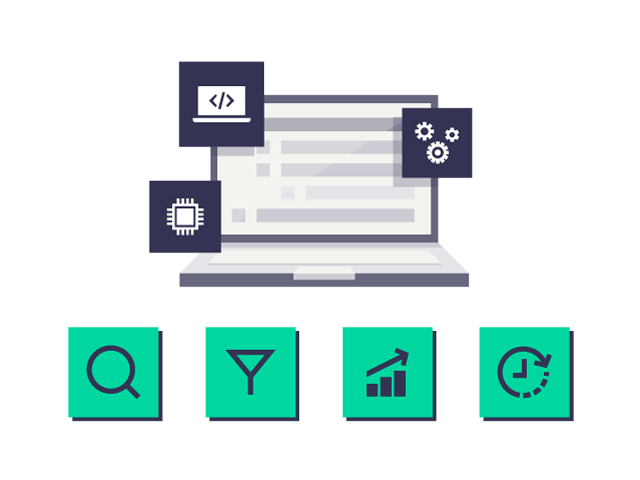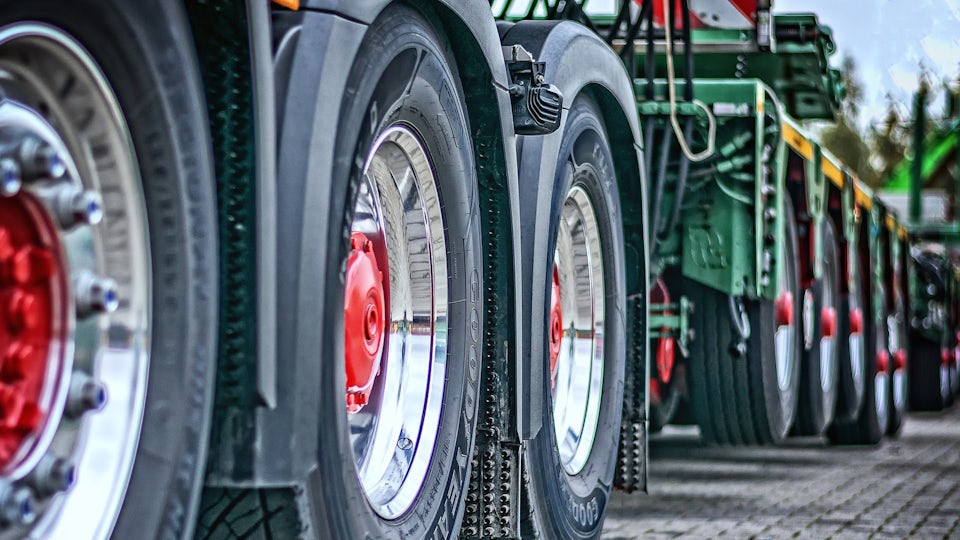凭借全面的 BOM 策略了解产品
在经整合的统一流程中编创、管理和发布 BOM,为自己的产品打造数字化表示。使用可连通各个职能领域并贯穿整个产品生命周期的数字主线协调新产品的演变和升级换代。
使用多领域 BOM 连通整个企业
通过在协同环境中创建统一、准确的产品定义,可以提高质量、缩短上市时间和改善成本管理。Teamcenter 集成式多领域企业 BOM 解决方案支持管理软件、电气、电子和机械零件,还可实现不同领域之间的自动协调。


启动物料清单
凭借 Teamcenter 生产力工具让您的数字化 BOM 发挥更大的作用:
- 智能探索可为评审、影响分析和验证提供丰富的关联
- 分区可将单个 BOM 结构组织为多个定制视图
- 设计 BOM 对应可就产品变化展开协同
- 高级 BOM 累积有助于规划、分配和跟踪设计目标

案例研究
东风柳州汽车

Case Study
提高了数据准确性,数模查询时间节省了 50%
公司:东风柳州汽车有限公司
行业:汽车及交通运输行业
位置:中国广西柳州市, China
Siemens 软件:Teamcenter
